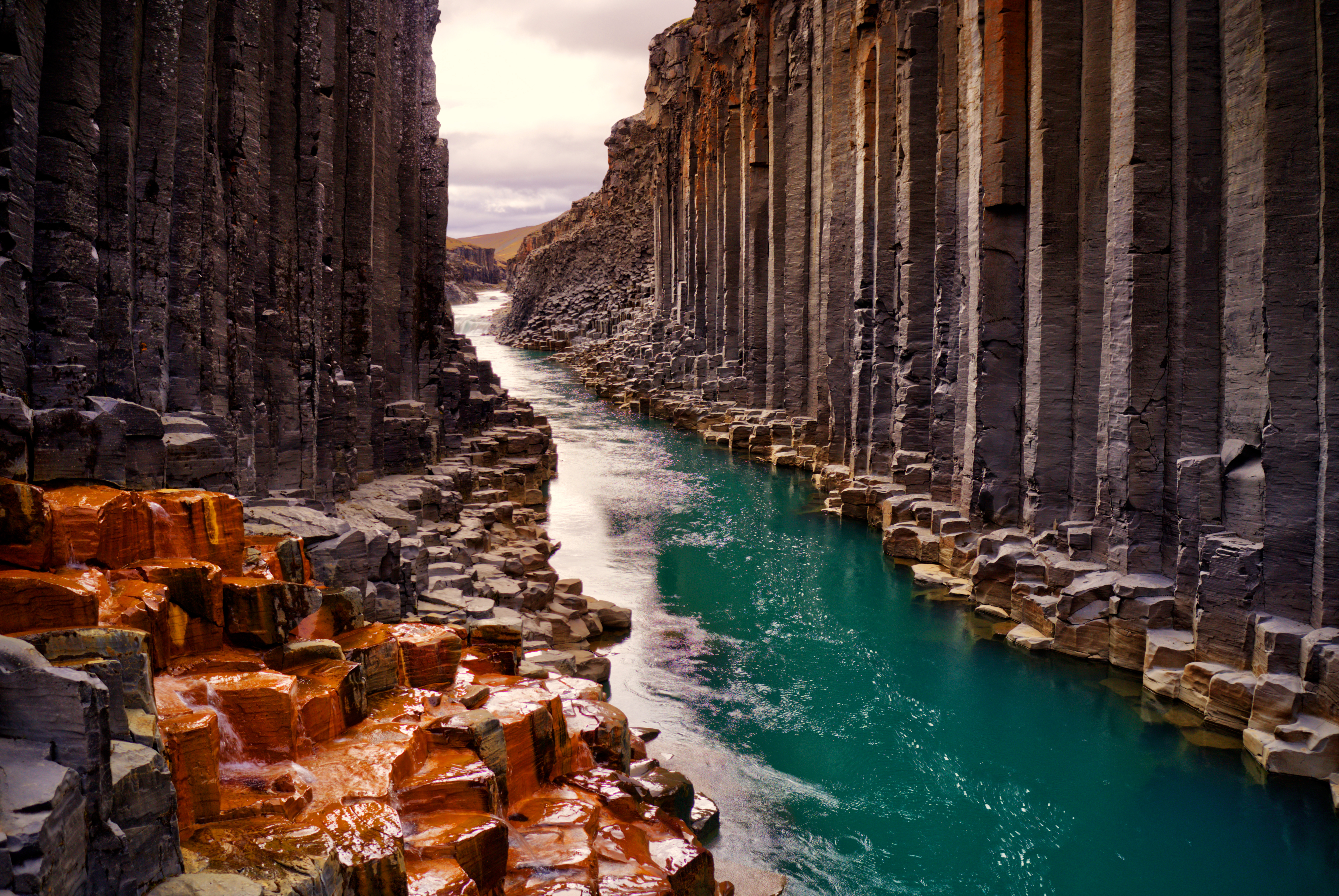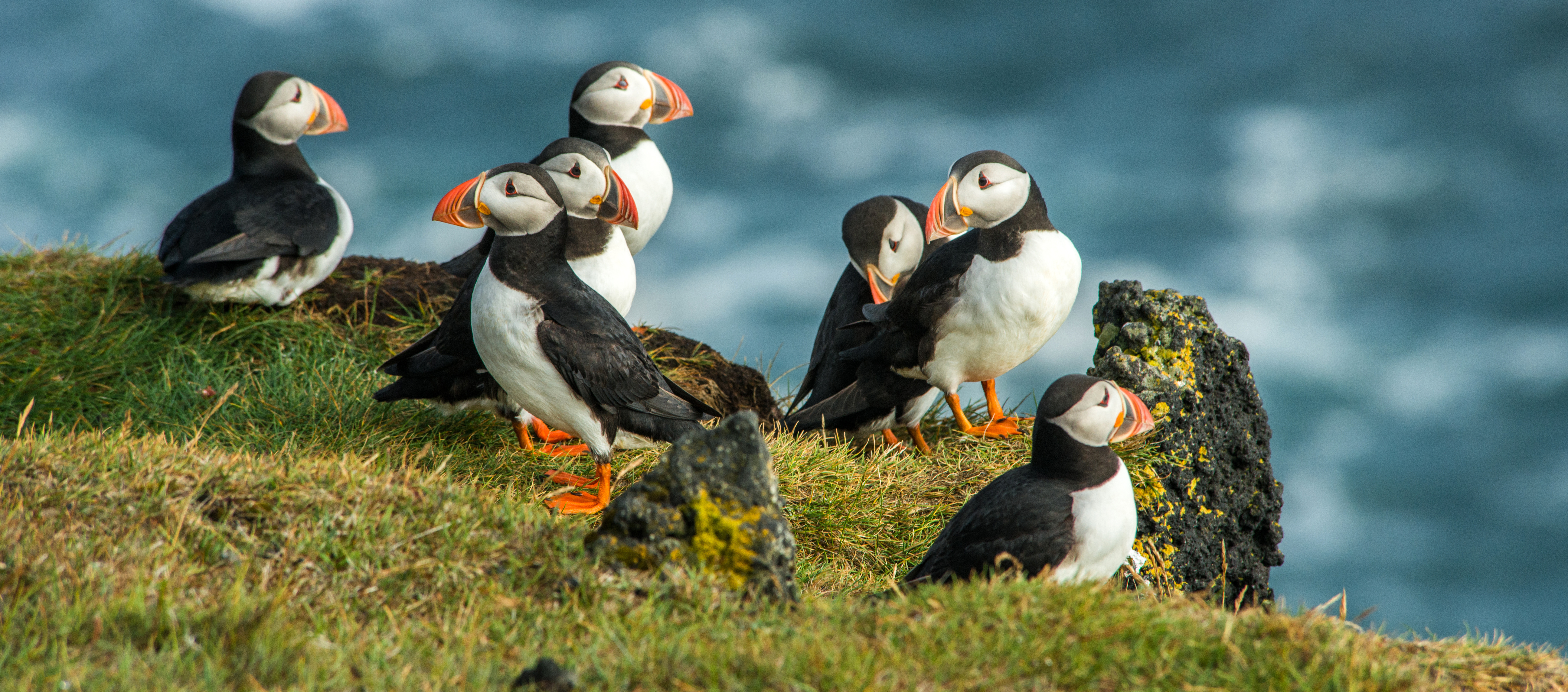How To Plan A Trip To Iceland
Americans love Iceland. Almost 630,000 Americans visited Iceland in 2023, according to RoadGenius, mainly because it’s a convenient place to park yourself for a couple of days before continuing on to Europe.
Many Americans’ trips to Iceland center around Reykjavik, the country’s capital. However, there’s more to Iceland than Reykjavik, and plenty of reasons why carefully planning your trip to Iceland – even if it’s just a stopover – makes a lot of sense.
First tip while planning or even before you leave is to visit travel.state.gov and familiarize yourself with any travel precautions like current or future volcanic alerts.
Deciding when to go
If Iceland is your way station on the sky highway to Europe, when you visit will be largely dependent on when you’re planning to visit Europe.
However, you should know that the shoulders of the “shoulder season” in Iceland are narrow. A little bit of October and some of April are your only bridges between winter and summer.
That’s not long, but it’s better than it seems. Sure, Icelandic winters are cold and windy and dark, and there’s a fair amount of sideways snow, but they’re not that cold, and there are far fewer tourists. And hey: cod cheeks are always on the menu.
Reykjavik is a winter-ready city, so if your only plans for Iceland are to visit the capital and maybe hit up the Blue Lagoon, February-March and October-November travels should be just fine.
However, if you’re planning on venturing into the Icelandic equivalent of the outback, you might want to wait until summer.
Also bear in mind that every season in Iceland can be snow season and they get the breezes, so pack accordingly.

Deciding how you’re going to get there
You’re going to fly.
To be fair, multiple cruise lines visit Iceland, but few if any cruises go from New York to Iceland and back again. Iceland is generally a stop along the way, or a launching spot for cruises around the island.
Cruises of the northern waters that leave from Oslo or Copenhagen are a great way to experience fjords, the northern lights, Iceland, and much more, but these cruises leave you precious little time to explore beyond Reykjavik.
So yeah, you’re probably going to fly to Iceland.
Deciding how you’re going to get around
Here’s where things get fun. There are no passenger railroads in Iceland, and domestic air travel is often of the two-seater variety.
To see the country, either you’re going to drive or someone else is – which doesn’t sound bad until you examine the state of Iceland’s roads.
Iceland’s tourist bureau doesn’t sugarcoat the fact that there are three types of roads you’ll encounter in roughly equal quantities in Iceland: paved, gravel, and other.
Paved roads
The paved roads (33%) are mostly Reykjavik city streets plus the Ring Road, which as you might expect circles the island.
However, that’s pretty much it for the paved roads – and some of them are currently impassible due to volcanic activity.
Gravel roads
Gravel roads criss-cross the less up-and-down parts of the island, but they’re not the placid country roads of Iowa or Missouri. As the State Department notes, these roads are impassable October through April, and when they are passable, “many bridges are only one lane wide.”
And Visit Iceland adds in its own version of English, “But to not lose control of the car, it is necessary to reduce the speed before the road surface changes.”
You know what the best part of this is? These aren’t even the worst roads in the country. There’s a whole other class of roads that are even worse!
F-roads
Iceland calls these worse-than-gravel roads F-roads. F is for “fjell,” pronounced “fool,” which kind of says it all.
How bad are these roads? They have their own recommended vehicle. F-roads require at minimum a Toyota Land Cruiser (the thing shaped like a vintage Land Rover) or better yet, a superjeep.
Never seen a superjeep? Well then, you’ve never been on the F-roads.
Visit Iceland describes the joys of the F-roads on a page euphemistically called “Highland Driving,” where it notes with a straight face, “F-roads and gravel roads are not off-road driving, when you drive off them it is.”
(More proof of the Icelandic sense of humor: The country’s travel weather site is wet.is.)
The point of this explanation is: The most dangerous thing you’ll probably do in Iceland is drive. Consider carefully where you drive and the vehicle you choose.

Decide what you’re going to do around Reykjavik
Outside of Reykjavik and an area bordered by Thingvellir National Park, Selfoss, and Borgarnes, Iceland is just a lot of sheep and volcanic rocks.
The good news is there is more than enough in this area to keep you occupied. Borgarnes is home to a delightful waterfall and the gateway to Snæfellsjökull National Park. Selfoss is beautiful in a wild, austere, Scandinavian sort of way, and Thingvellir National Park has waterfalls, trails (real trails – not F-roads) and rocky crags.
Checking out these destinations and environs can easily burn a couple of days.
Then there’s Reykjavik. Perennially one of BHTP’s safest cities, Iceland’s capital is also a hub of art, music, design, and dining, with funky neighborhoods interspersed with green spaces. Bays, waterfalls, lagoons, and thermal pools are all nearby, inviting exploration.
Approaching this combination of natural beauty and big-city life requires a strategy. Do you see what there is to see in Reykjavik and then venture out, or venture out first and save Reykjavik for last?
Expert opinion: Save Reykjavik for last. The scenic parts of Iceland are otherworldly. Reykjavik is a great city, but many of its elements can be found in other cities. Do the unique stuff first and save the city for dessert.

Decide what to pack
One school of thought is: If it’s warm bring it along. But what if you’re just passing through Iceland on your way to a more temperate European country like France or Italy?
If that’s your conundrum try this: Pack layers. Grab a warm hoodie, a sweater, a packable vest, and a rain jacket. Pack hiking boots or waterproof shoes (which you can totally pair with shorts in France or Italy). And when you’re traveling in Iceland wear it all.
If you don’t like that idea try Plan B: Pack a few wintry things, buy a beautiful sweater in Iceland, and then ship home the cold-weather stuff and continue on with your summer wardrobe.
Either way Iceland requires you to dress for the elements – all the elements.
Remember travel insurance
Iceland is a relatively small island with active volcanoes and sketchy roads. What it lacks in violent crime it makes up for with natural dangers.
For that reason alone it makes sense to protect your Icelandic vacation with Berkshire Hathaway Travel Protection. BHTP’s plans can cover trip cancellation and interruption, medical emergencies and evacuation, lost luggage, and more.
Getting a quote is easy, and BHTP has a plan to cover almost any type of travel … including an excursion on the F-roads.
Have fun in Iceland! Dress warm!
Questions About Travel Insurance?
Check out our online guide, "What Is Travel Insurance All About?" We've provided in-depth answers to all your travel insurance questions, starting with the basics.